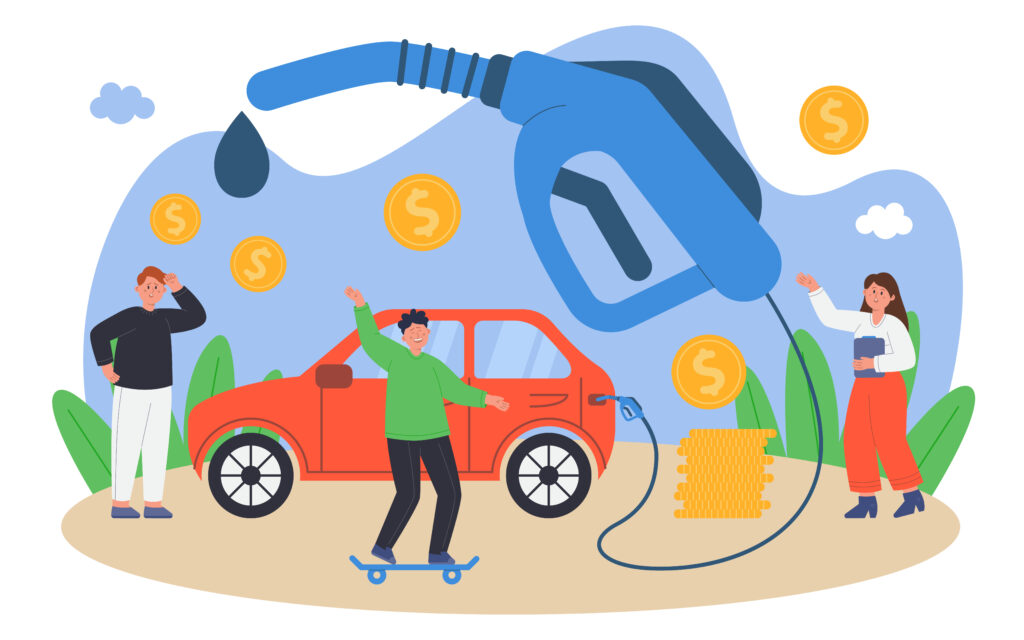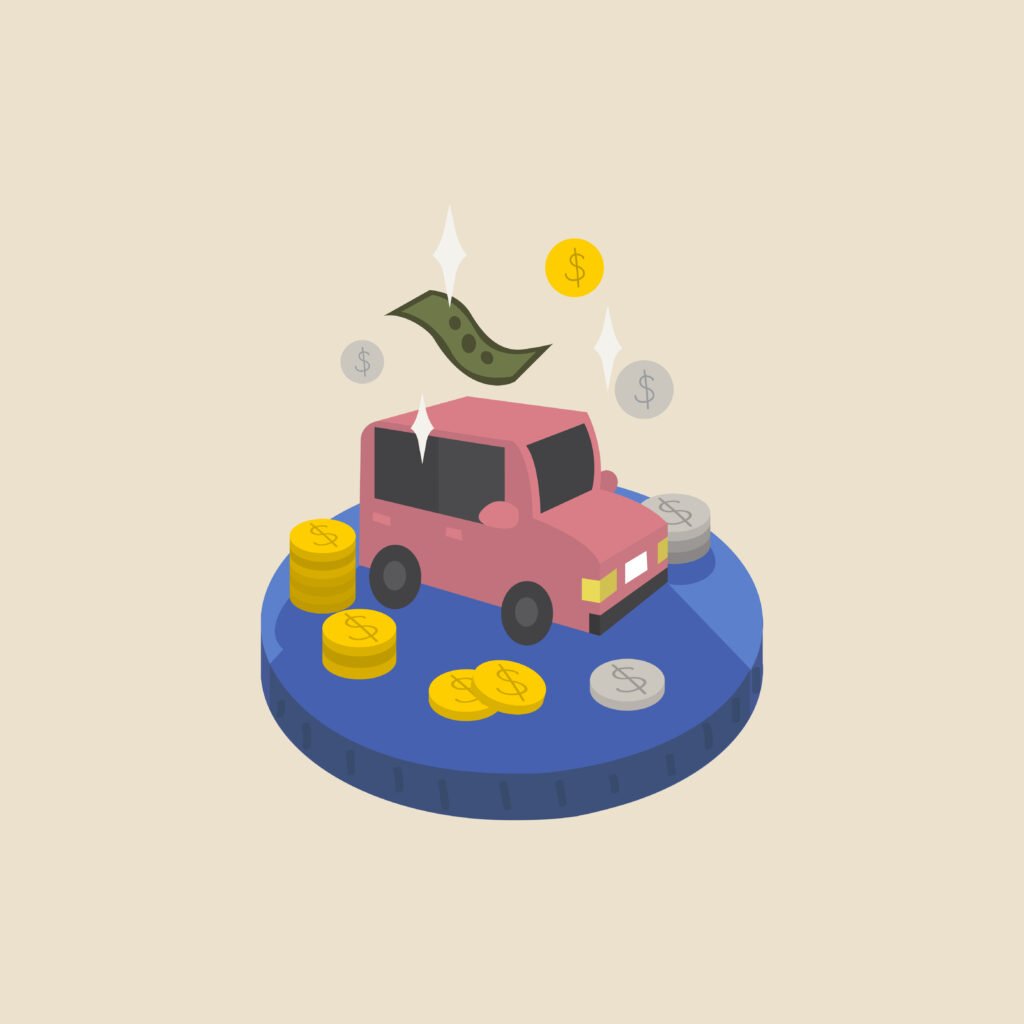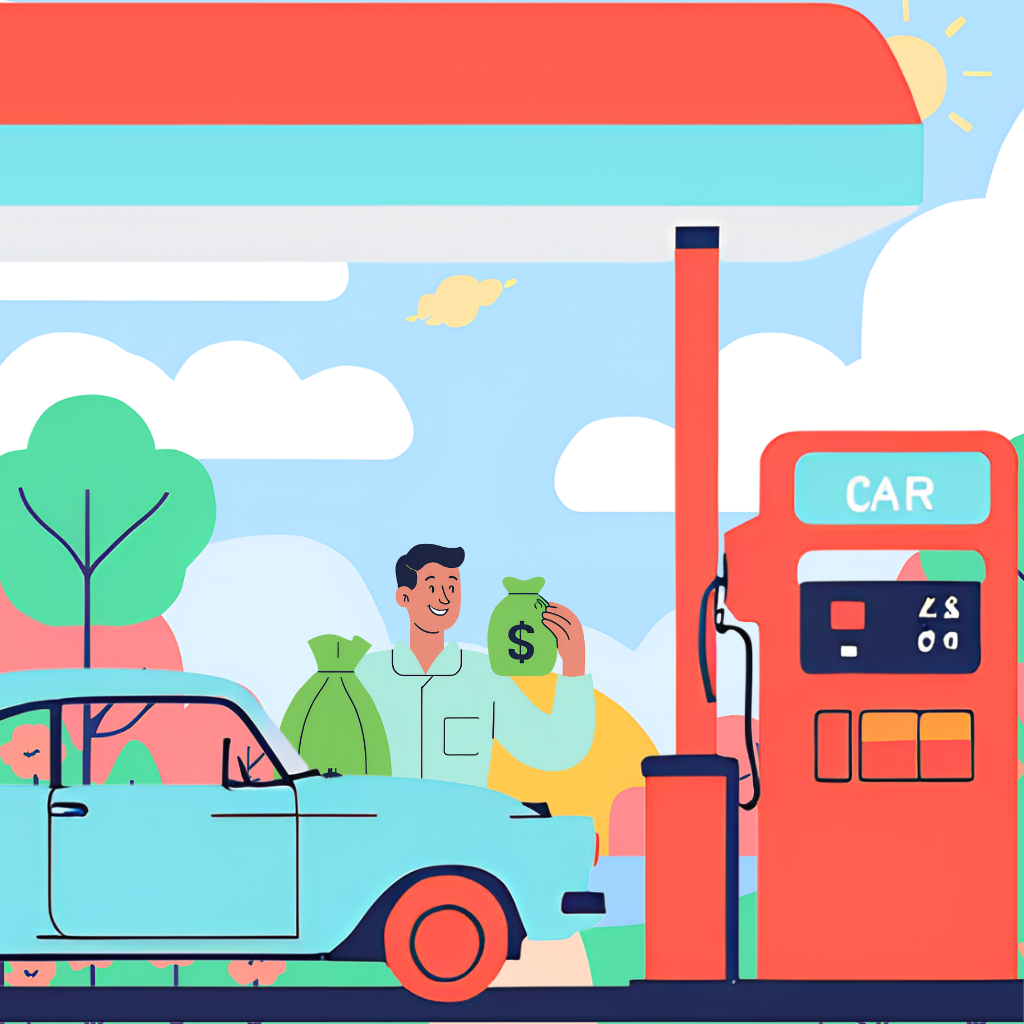Are rising gas prices stretching your budget? You’re not alone. With fluctuating fuel costs, drivers everywhere are looking for ways to save money at the pump without sacrificing daily travel.
The good news? By making small adjustments, you can improve fuel efficiency and reduce gas expenses—all without needing a new car or expensive upgrades.
Here are three easy, expert-backed steps to maximize your mileage and keep more money in your pocket.
Optimize Your Driving Habits to Save Gas
One of the most effective ways to save gas is to optimize your driving habits. By making small adjustments to how you drive, you can significantly improve your fuel efficiency.
Avoid Rapid Acceleration and Braking
Aggressive driving, such as rapid acceleration and sudden braking, can waste a considerable amount of fuel. By practicing smooth and gradual acceleration, you can reduce fuel consumption and improve your gas mileage. Additionally, maintaining a safe distance from the vehicle ahead of you allows for a more controlled and steady driving experience.

Maintain a Steady Speed
Constant speed changes require more energy, leading to higher fuel consumption. Use cruise control on highways to maintain a steady pace and maximize efficiency.
Fuel-Saving Fact: Driving at 55 mph instead of 65 mph can increase gas mileage by up to 15%.
Minimize Idle Time
Idling wastes fuel, getting 0 miles per gallon. If you’re stopped for more than a minute, turn off the engine. Modern cars restart efficiently with minimal wear, making this a simple way to conserve gas.
Tip: Using remote start unnecessarily can add up to $200 per year in wasted fuel costs.
Keep Your Vehicle Properly Maintained
Proper vehicle maintenance is crucial for ensuring optimal fuel efficiency. Regularly servicing your car and addressing any maintenance issues can lead to long-term gas savings.
Check Tire Pressure Regularly
Underinflated tires create extra friction, forcing your engine to work harder. Keeping them properly inflated can improve gas mileage by up to 3% (source).
Pro Tip: Check your tire pressure at least once a month and before long trips.
Replace Air Filters When Needed
A clogged air filter restricts airflow to your engine, making it less efficient. While newer cars have sensors that adjust, replacing a dirty filter can improve acceleration and performance.
DIY Tip: Air filters are inexpensive and easy to replace yourself.
Use the Recommended Motor Oil
Using the recommended motor oil for your vehicle can enhance its efficiency and improve fuel economy. High-quality motor oil reduces engine friction and helps maintain proper lubrication. Check your vehicle’s manual for the recommended oil grade and change it at the suggested intervals.
Using the manufacturer-recommended motor oil improves efficiency. The right oil grade can increase fuel economy by 1-2%, helping you save on gas long-term.
Best Practice: Always check your owner’s manual for the recommended oil type.

Plan and Combine Your Trips
Strategically planning and combining your trips can lead to substantial gas savings. By minimizing unnecessary travel and maximizing the efficiency of your journeys, you can reduce fuel consumption.
Combine Errands and Appointments
Multiple cold starts (starting your car after it has been sitting) use more fuel. Instead of making separate trips, group errands together to minimize fuel consumption.
Example: Pick up groceries, visit the bank, and get gas in one trip instead of three.
Use Navigation Apps for Fuel-Efficient Routes
Apps like Google Maps, Waze, and GasBuddy help you find the fastest, least congested routes and even cheapest gas stations nearby.
Avoiding heavy traffic can save up to 19% on fuel
Utilize Carpooling and Public Transportation
Sharing rides through carpooling or utilizing public transportation can significantly reduce your individual fuel consumption. Coordinate with colleagues, neighbors, or friends who have similar destinations to share rides and split the gas costs. Public transportation options, such as buses or trains, can also be a cost-effective and eco-friendly alternative for commuting.
Plan Efficient Routes
Before heading out, take a few minutes to plan your route and identify the most efficient paths. Consider traffic conditions, road construction, and any alternative routes that could help you avoid congestion. Navigation apps and online maps can assist you in finding the shortest and fastest routes, minimizing the distance and time spent on the road.
Additional Tips for Maximum Gas Savings
Beyond the three main strategies, these quick tips can help stretch every gallon of fuel:
Lighten Your Load: Remove unnecessary weight from your car. An extra 100 lbs. can reduce fuel economy by up to 2%.
Avoid Roof Racks When Not in Use: They create drag and can reduce fuel economy by up to 25% at highway speeds.
Limit A/C Use: At lower speeds, roll down windows instead. At highway speeds, using A/C is more efficient than open windows.
Conclusion
Saving money on gas doesn’t have to be a complicated endeavor. By implementing these three easy steps—optimizing your driving habits, keeping your vehicle properly maintained, and planning and combining your trips—you can achieve significant gas savings without sacrificing your daily activities. With a little awareness and mindful choices, you can reduce your fuel consumption, lower your expenses at the pump, and contribute to a greener and more sustainable environment.
If you have any questions about how to better protect your car, don’t hesitate to reach out to a YourPolicy insurance agent at (866)236-0203.
Frequently Asked Questions (FAQ)
1. What’s the fastest way to improve fuel efficiency?
The easiest and quickest way to save gas is to drive smoothly, avoid rapid acceleration and braking, and maintain a steady speed. These changes alone can improve mileage by 10-40% (source).
2. How often should I check my tire pressure?
At least once a month and before long trips. Properly inflated tires improve gas mileage by up to 3%.
3. Does premium gas improve fuel economy?
Only if your car requires it. Using premium gas in a car designed for regular fuel won’t improve mileage or performance—it’s just an extra expense.
4. What are the best apps for finding cheap gas?
Popular options include GasBuddy, Waze, and Google Maps, which provide real-time fuel prices to help you save money at the pump.
5. Is it better to turn off my car at red lights?
If you’ll be stopped for more than 60 seconds, yes! Idling wastes gas, and modern engines restart efficiently with minimal wear.






